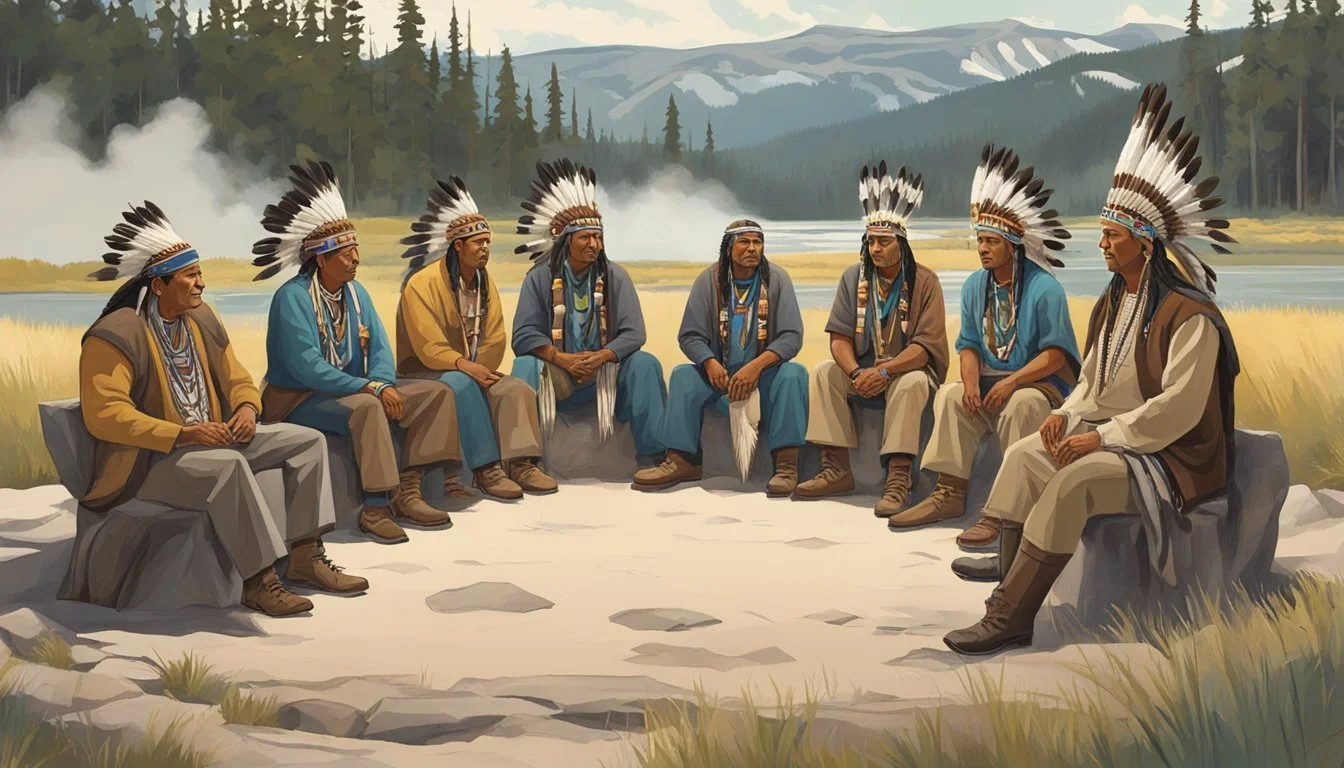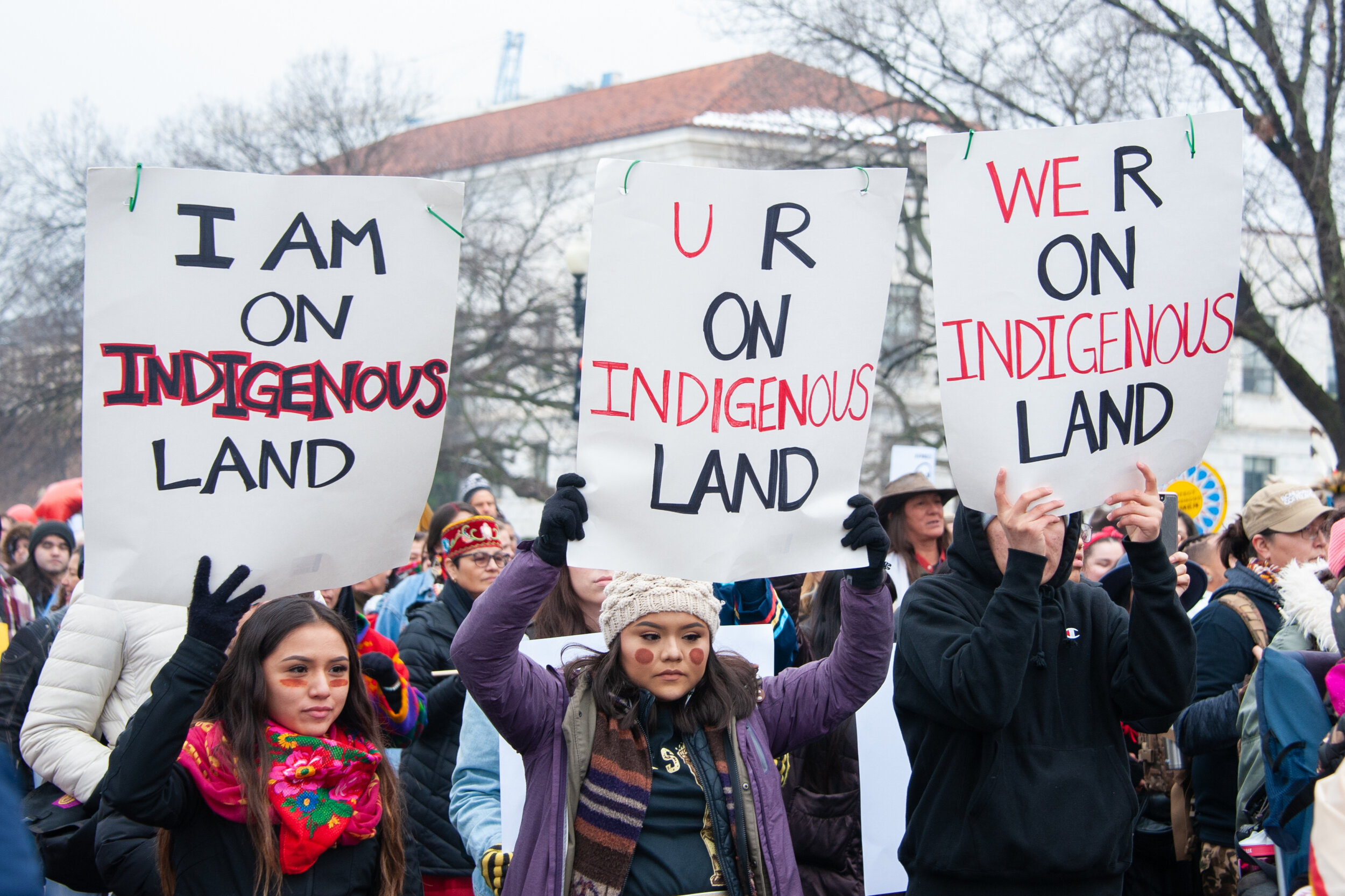
Enduring Spirits, Enduring Struggles: Modern Challenges Facing Native American Communities
Beyond the romanticized images of tipis and buffalo, or the historical narratives confined to distant pasts, Native American communities across the United States are vibrant, diverse, and very much alive. Yet, they grapple with a complex tapestry of modern challenges, often rooted in centuries of colonialism, forced assimilation, and broken promises. These struggles, though often overlooked by mainstream society, profoundly impact the health, wealth, and well-being of Indigenous peoples, testing their resilience while simultaneously fueling their determination to thrive.
The approximately 5.7 million Native Americans and Alaska Natives living in the U.S. today, representing over 574 federally recognized tribes, are not a monolithic group. Each nation boasts unique cultures, languages, and traditions. However, they share common threads of historical trauma and contemporary systemic hurdles that demand urgent attention and understanding.

The Persistent Shadow of Economic Disparity
One of the most immediate and pervasive challenges is economic disparity. Many Native American communities, particularly those on reservations, face rates of poverty and unemployment that far exceed the national average. For instance, the Pine Ridge Indian Reservation in South Dakota, home to the Oglala Lakota Nation, has consistently battled some of the highest poverty rates in the country, often exceeding 50-60%.
This economic stagnation is multifaceted. Generations of land dispossession, resource exploitation, and policies designed to undermine tribal economies have left many communities with a severely limited economic base. Infrastructure is often severely lacking; reliable broadband internet, essential for modern education and business, is still a luxury for many. According to the Federal Communications Commission, approximately 18% of people on tribal lands lack access to broadband, compared to 1.5% in urban areas. This digital divide exacerbates educational inequalities and hinders entrepreneurial growth.
Furthermore, many reservations are "food deserts," where access to fresh, healthy, and affordable food is scarce. Instead, residents often rely on convenience stores offering processed foods, contributing to alarmingly high rates of diet-related illnesses like diabetes, which affects Native Americans at more than twice the rate of non-Hispanic whites. While tribal gaming has provided some economic uplift for certain nations, it is not a panacea and only benefits a fraction of the total Indigenous population, often those located near urban centers. For many, the path to self-sufficiency remains an uphill climb against systemic barriers.
The Crisis in Healthcare and Mental Well-being
The state of healthcare for Native Americans is another critical area of concern, largely due to chronic underfunding of the Indian Health Service (IHS). Established to fulfill treaty obligations, the IHS is meant to provide healthcare to tribal citizens but has historically operated on a fraction of the funding needed. As a result, facilities are often dilapidated, understaffed, and lack essential equipment and specialists.
This leads to significant health disparities. Native Americans have a life expectancy that is 5 to 10 years lower than the U.S. average. They experience disproportionately higher rates of chronic diseases such as diabetes, heart disease, and cancer. The COVID-19 pandemic starkly highlighted these vulnerabilities, with Native Americans experiencing some of the highest infection and mortality rates due to pre-existing conditions, overcrowded housing, and limited healthcare access.
Beyond physical health, a profound mental health crisis grips many Indigenous communities, particularly among youth. Intergenerational trauma stemming from historical atrocities like boarding schools, where children were forcibly removed from their families and cultures, manifests as high rates of depression, anxiety, and substance abuse. Suicide rates among Native American youth are significantly higher than for any other ethnic group in the U.S., a tragic indicator of the deep wounds that continue to fester.

The Epidemic of Missing and Murdered Indigenous Women and Girls (MMIWG)
Perhaps one of the most harrowing modern challenges is the ongoing crisis of Missing and Murdered Indigenous Women and Girls (MMIWG). This issue, which has gained increasing national and international attention, reveals a shocking pattern of violence, systemic neglect, and jurisdictional complexities that leave Indigenous women and girls vulnerable.
According to a 2018 study by the Urban Indian Health Institute, Indigenous women are murdered at 10 times the national average in some jurisdictions, and more than four out of five Indigenous women have experienced violence in their lifetime. Cases often go unreported, are misclassified, or are not thoroughly investigated due to a bewildering patchwork of tribal, state, and federal laws that create jurisdictional gaps. Perpetrators, both Indigenous and non-Indigenous, often exploit these loopholes, knowing they can act with impunity.
"It’s an epidemic of invisibility," states Lucy Simpson, Executive Director of the National Indigenous Women’s Resource Center. "Our sisters are disappearing and being murdered at alarming rates, and for too long, no one has been looking for them or demanding justice." The MMIWG movement, driven by grassroots activism and the unwavering advocacy of families, seeks to bring awareness, push for legislative changes, and establish better data collection and response protocols.
Education, Cultural Preservation, and Language Revitalization
Education, while a pathway to opportunity, also presents significant challenges. Many schools on reservations are underfunded, lack resources, and struggle to retain qualified teachers. Curricula often fail to incorporate Indigenous history, languages, or cultural practices, leading to a sense of alienation for Native students and perpetuating a disconnect from their heritage. This contributes to lower graduation rates and limited access to higher education.
However, amidst these challenges, there’s a powerful movement towards cultural preservation and language revitalization. Generations of forced assimilation policies, particularly the boarding school era, aimed to "kill the Indian to save the man" by stripping away Indigenous languages and traditions. As a result, many Native languages are critically endangered, with only a handful of fluent speakers, often elders.
Today, tribal nations are investing heavily in language immersion schools, cultural centers, and intergenerational teaching programs. Young people are increasingly reclaiming their ancestral tongues, recognizing language as a direct link to identity, knowledge, and sovereignty. Tribal colleges and universities also play a crucial role, providing culturally relevant education and fostering Indigenous scholarship, proving that education can be a tool for empowerment and cultural resilience.
Threats to Sovereignty and Environmental Justice
The concept of tribal sovereignty, the inherent right of Indigenous nations to govern themselves, is continually challenged. While recognized by the U.S. Constitution and numerous treaties, tribal self-determination is frequently undermined by federal and state policies, legal battles, and external pressures. Disputes over land rights, water rights, and resource extraction projects are common battlegrounds.
The Dakota Access Pipeline (DAPL) protests at Standing Rock, North Dakota, brought global attention to the conflict between tribal sovereignty, environmental protection, and corporate interests. The Standing Rock Sioux Tribe vehemently opposed the pipeline, citing threats to their sacred lands and water supply. Similar struggles continue across the country, from Line 3 in Minnesota to uranium mining impacts on the Navajo Nation. Indigenous communities often bear the disproportionate burden of environmental pollution and the impacts of climate change, even though they have contributed the least to the crisis. They are on the front lines, fighting for clean air, water, and the preservation of sacred sites.
A landmark victory for tribal sovereignty came in 2020 with the Supreme Court’s McGirt v. Oklahoma decision, which affirmed that a large portion of eastern Oklahoma remains Muscogee (Creek) Nation reservation land, with significant implications for tribal jurisdiction. While a victory, it also opened new legal and political challenges, demonstrating the ongoing, complex nature of tribal-federal relations.
The Challenge of Invisibility and Data Gaps
One overarching challenge is the systemic invisibility of Native Americans in national data collection and public consciousness. They are often aggregated into "other" categories or simply omitted from surveys, research, and media narratives. This "statistical genocide" makes it difficult to accurately assess needs, allocate resources, and develop effective policies. Without accurate data, their struggles remain unseen, and their successes remain uncelebrated.
This invisibility extends to mainstream media and educational curricula, where Indigenous peoples are often depicted as historical figures rather than contemporary communities facing real-world issues. This lack of understanding contributes to stereotypes, prejudice, and a general apathy towards the challenges they face.
Resilience and the Path Forward
Despite the formidable obstacles, Native American communities embody profound resilience. Their survival, cultural persistence, and ongoing fight for justice are testaments to their strength. Tribal leaders, grassroots activists, artists, and educators are tirelessly working to reclaim narratives, heal historical wounds, and build self-sufficient, culturally vibrant futures.
The path forward requires genuine reconciliation, respect for tribal sovereignty, and meaningful investment. It demands addressing systemic inequities in healthcare, education, and economic development. It calls for robust support for MMIWG initiatives, ensuring that no Indigenous person is forgotten. Most importantly, it requires listening to Indigenous voices, learning from their wisdom, and recognizing that the strength and well-being of Native American nations are integral to the fabric of the entire United States.
As tribal elder and activist Oren Lyons (Onondaga Nation) once stated, "We are still here. And we are still fighting for our future." Their struggles are not just their own; they are a collective responsibility, and their enduring spirit offers lessons in perseverance for all. Understanding these modern challenges is the first step towards true solidarity and a more just future.


